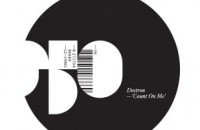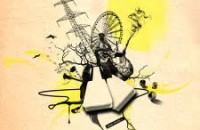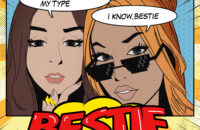How To Dress Well / ‘Love Remains’
CD / Digital
Tri Angle / Released 31st January 2011
In The Simpsons‘ double-episode, Who Shot Mr Burns (Parts I & II), Lisa appears to Chief Wiggum in a dream, talking backwards. It’s a parody of David Lynch’s deeply disturbing Twin Peaks. Thankfully, the fledgling Tri Angle imprint’s first full-length release is a lot more relaxing, and far less harrowing than those two respective on-screen moments, despite kicking off with reversed speech that’s equally uncomfortable to hear.
Every now and then albums come along that profess to have re-invented the wheel. They never do. OK, they hardly ever do. So when something like this crops up, and no such claims are made, it’s ironic, as instances such as Love Remains are the one’s wherein a convincing argument could be made to say that some miniature eureka moment had actually occurred.
There’s not a great deal of R&B that could ever make it onto these pages. Likewise, the remarkably desperate, heart wrenching male soloist Bon Ivor doesn’t really fit with our usual reviews. Yet Tom Krell, A.K.A. How To Dress Well, has somehow managed to marry elements of both, put them through all kinds of Moog and mood changes, and wind up making us ignore conformity. With vocals reminiscent of the aforementioned indie icon, and harmonies directly inspired by pillars of the 1990s with names like Shai, it appears horrific on paper, until you listen to how beautiful it is.
By now fans of Imogen Heap, Burial, early Jamie Lidell, and any kind of experimental electronica shouldn’t just be taking notes, they should be getting in line. Epic pictures are painted with pure emotion on the distorted masterpiece, You Won’t Need Me Where I’m Goin’, while Date of Birth conjures imagery of some sci-fi monastery, as choirs harmonise in what sounds like a cathedral, but must surely be a bedroom studio.
More accessibility is offered on the staccato downbeat stepper Endless Rain, one of the most audible things on here, and Prince’s ability to hook in any listener can just about be heard, somewhere, in the depths of Can’t See My Own Face. Then there’s Lover’s Start, a track that might as well be played on some ageing radio, in the 1960s, and the Portishead style oppressive bassline of Walking This Dumb (Live)– both of which deserve a nod or two. With so much worth mentioning it’s almost better to say nothing. After all, it’s near enough impossible to describe what this actually sounds like, other than distant, treasured memories.






